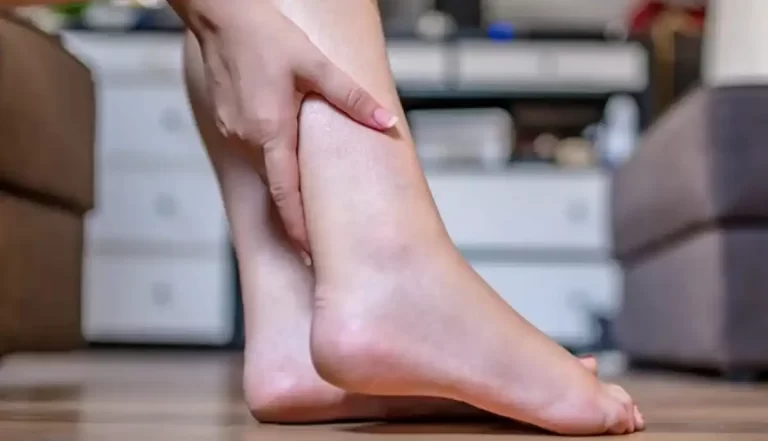
Just like many other medical ailments, a heart disease is a silent killer. It means the signs and symptoms of an underlying heart disease can be so confusing at initial stages that you won’t be able to spot it.
As per WHO, heart disease claims over 18 million lives each year. And this is why you need to take care of it in every possible way.
The point to be noted here is that there are several common signs and symptoms of an underlying heart disease that generally don’t seem alarming in any way but can lead to serious conditions including a heart disease risk.
Your Ankles Can Indicate A Heart Disease
In most cases, it has been observed that a swollen ankle can be an indication that you need to take care of your heart more than what you are doing right now.
The way to spot swollen ankles can be done very easily. There are some signs that you need to spot on like unexplained swelling in ankles without any injury or bruises. These should not be taken lightly.
Another sign that you should not ignore is that swollen area often appears warm and after pressing, it leaves a dent which remains there for a longer period of time. In such instances, skin generally doesn’t return back to normal.
One example explaining this is that when you wear socks, you can well observe dent on the impressions of your socks at the time of wearing them.
In most of the cases, these impressions automatically go away after you get rid of socks. But in case, these impressions don’t go away, you need to see a doctor.
Peripheral Edema
The above condition can also happens because of peripheral edema. It’s accompanies when fluid gathers in your tissues which is most common in arms and legs.
You feel the sensation of heaviness when you have peripheral edema. The condition can well indicate the problem of mild water retention in the body.
In some cases, it can also be an indicator of a serious disease like heart disease. But it can’t be related to a heart disease as the condition can also happen due to an allergic reaction.
Signs of Peripheral Edema
Just like swelling in the ankles, there can be some other signs of peripheral edema like puffiness of face and hands, especially when you stand for a long period of time.
Other symptoms include neck pain, losing consciousness, nausea, and dizziness.
Heart Diseases Peripheral Edema
It has been observed that peripheral edema can indicate a congestive heart failure.
It happens in such a way that when heart weakens, it affects the amount of blood that it pumps to all parts of the body.
And this leads to the fluid building up and leading to leg edema. A few common signs of heart disease include:
- Mood swings & confusion
- Unexplained weight change
- Bloating
- Wheezing
- Persistent Cough
Diseases Linked to Peripheral Edema
Peripheral edema can be a reason for causing many other diseases apart from a heart disease. Some of them include liver disease, less protein in blood, kidney disease, deep vein thrombosis, varicose veins, etc.
It can also lead to another condition called emphysema (lung condition).
The most common incidence of peripheral edema includes venous insufficiency which is generally related to old age.
How to maintain your heart health?
It’s not just only required to take a healthy diet and exercise. You should also need to be vigilant about the smallest changes occurring in your body.
For example, signs that seem to be simple and non serious sometimes take a bigger shape.
Please note that heart diseases don’t happen all of a sudden. It takes over a longer period of time, especially when you take an unhealthy diet, no exercise, etc.
In order to be safe you need to have a healthy lifestyle along with doing regular exercise, proper diet and regular medical checkups to keep your heart function properly.
Also Read: A Heart Attack Can Now Be Predicted Using New Retinal Examination